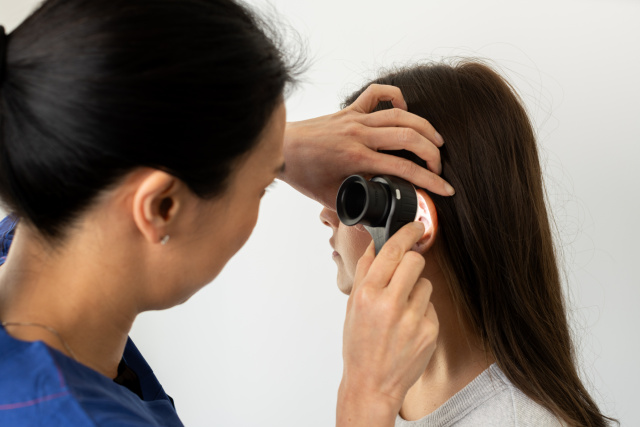Melanoma treatment
Melanoma is a type of skin cancer that develops in melanocytes – the pigment producing cells of the skin. A melanoma can grow anywhere there are melanocytes, even in areas not exposed to sunlight. A melanoma may appear as a new spot, or an existing spot that has changed shape, size or colour. It can range in colour from pale pink to brown or black.
If caught early, melanoma is curable and has an excellent prognosis.

How is melanoma treated?
Early stage melanoma that has not spread to nearby lymph nodes or other parts of the body (Stage I or II) can be treated with surgery. Melanoma surgery involves the removal of the melanoma, plus a margin of healthy skin around it to increase the likelihood that all the cancer cells are removed.
Some people with early stage melanoma may also require a sentinel node biopsy. When melanoma has spread to nearby lymph nodes (stage III) or other organs (stage IV), melanoma treatment may involve surgery, the use of medicines (such as immunotherapy or targeted therapy), and/or radiotherapy. These cases will be discussed at a meeting where multiple specialists from various specialties will determine the best approach to melanoma treatment.
Dr Ch’ng has extensive experience treating melanoma anywhere on the body. However, she specialises in melanoma of the head and neck (including melanomas in the skin and mucosa) in Sydney.
Dr Ch’ng is also actively involved in melanoma research and education. She is Medical Faculty, Co-Chair of Theme 1 (Early Melanoma) Research and Chair of Education Committee at the Melanoma Institute Australia.
What is a sentinel node biopsy?
Some people undergoing surgery for melanoma may require a sentinel node biopsy. This is a procedure used to check if the melanoma has spread to nearby lymph nodes. The sentinel node is the name given to the first lymph node or nodes that filter lymphatic fluid from the area of skin around the melanoma. If the melanoma has spread, the sentinel node is most likely to have cancer in it.
To find the sentinel node, a radioactive dye/tracer is injected around the melanoma site. The dye/tracer is then filtered away by the surrounding lymphatic vessels, helping to identify the sentinel node/s. The node/s can then be surgically removed and sent for testing. The recommendation to undergo a sentinel node biopsy depends on the specific features of a melanoma (e.g. thickness and size), a person’s age, overall health and preferences.
The results of a sentinel node biopsy will be used to guide the management of a person’s melanoma, including any additional treatment they may need, whether they are eligible for any clinical trials, and their follow-up care plan.
Dr Ch’ng is highly experienced in performing sentinel node biopsy, and also helps to train other clinicians in this procedure in Sydney and Australia. She has developed a Sentinel Node Biopsy Education Module on behalf of the Melanoma Institute Australia.
Get in touch
If you’d like to know more about our head and neck, plastic or skin cancer surgical services, or if you have a question for Dr Ch’ng, we’d love to hear from you.
